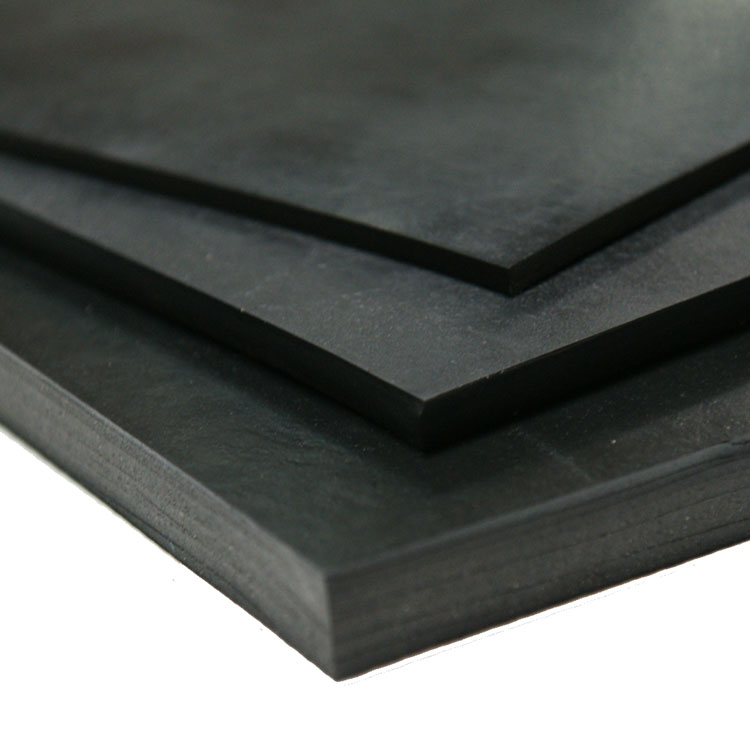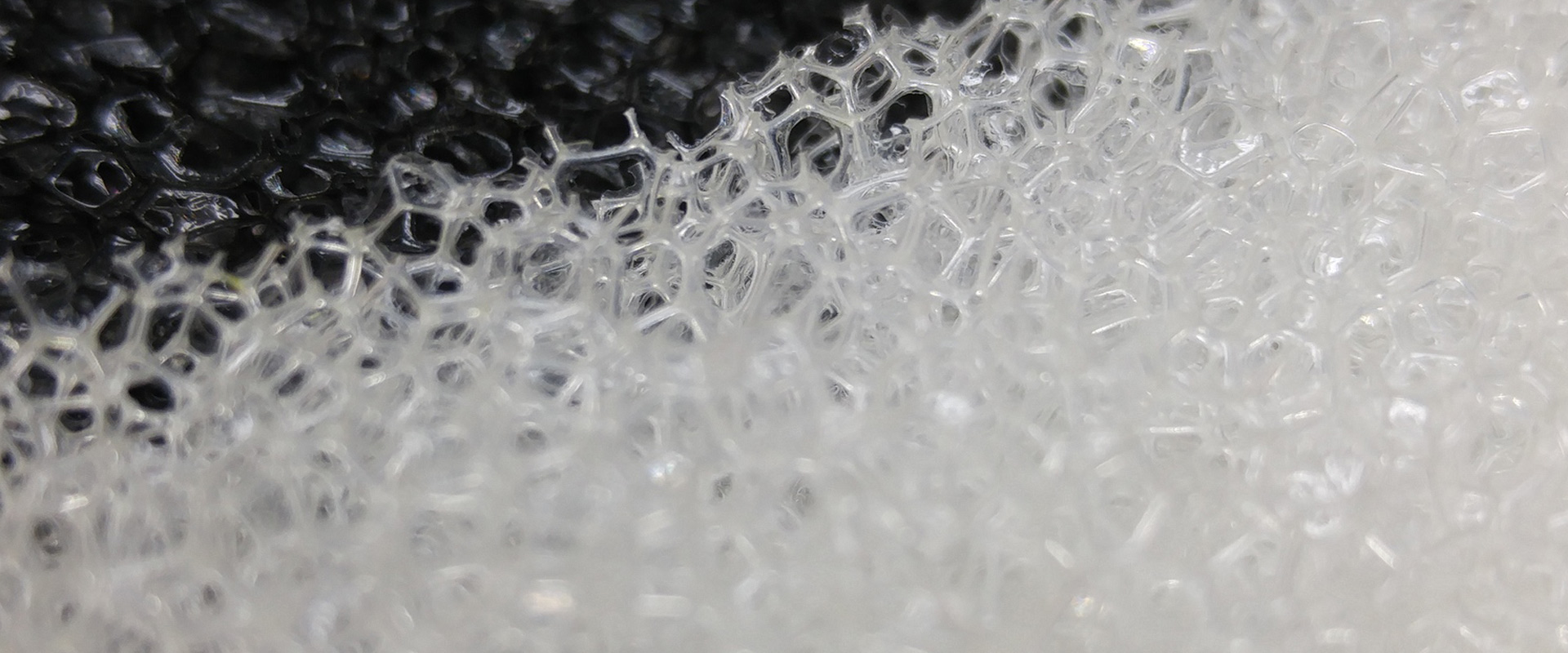NBR RUBBER SHEET

Nitrile rubber possesses unique physical and chemical properties that make it one of the most widely used synthetic elastomers in the world. It is meant for use in pads, seals and gaskets, among many other applications. Also known as Buna-N rubber or butadiene rubber, it has a superior level of resistance against synthetic and natural grease products. It is highly recommended for use in areas where oil/petroleum products are present. This material was developed during World War II in response to a growing need for oil-resistant rubber that could serve as a superior alternative to natural rubber. Nitrile rubber proved to be a great solution.
For most of the early 1900s, prior to the outbreak of World War I, society industrialized at a rapid rate. This era saw the birth of the automobile industry and an increase in the use of oils in industrial machinery, as well as automotive and military applications. Before nitrile sheet rubber was developed, manufacturers had to make do with natural rubber, the supply and performance of which were erratic. The pursuit of developing a new synthetic oil-resistant rubber became imperative with the rapid industrialization of the Western Hemisphere.
World War I changed everything. The world realized just how mechanized warfare had become. This period of time saw the rise of jeeps, tanks, and planes. At the time Britain controlled much of the world’s natural rubber supply. Germany, its main foe in the war, was cut off from this supply. The lack of reliable access to a source of rubber meant that Germany could not keep its war machine running as efficiently as it would have liked to. While natural rubber is not an especially oil-resistant rubber, and does not possess the superior resistance to oils and greases that nitrile rubber has, it was the only suitable material available at the time.
After the war, Germany realized that it needed to make its own rubber supply. Even after the conclusion of the war the country was cut off from receiving new rubber stocks. During the years between the two world wars, German chemists worked to develop an elastomer that could be used in automotive applications without suffering degradation from oils and greases. They wanted something better than natural rubber, which tended to break down easily. They began developing synthetic elastomers. The oil-resistant rubber that was the result of their endeavors was called nitrile butadiene rubber, also known as Buna-N rubber. It became an instant success and is still widely used today.
The primary reason why OEMs want nitrile rubber is because of its excellent oil resistance capabilities. A nitrile sheet can resist oils that are synthetic or organic in nature. For example, drops of motor oil can stay on a nitrile rubber surface for extended periods of time without degrading the material. As a result, it is often used in automotive applications such as garage workshops. An object made of butadiene rubber tends to last much longer than its natural rubber counterpart.
Oil is not the only hazard that nitrile rubber guards against. In addition to petroleum oils, a nitrile sheet also exhibits enhanced levels of protection against other chemicals. It has excellent compatibility with chemicals such as ammonia, methyl alcohol, copper salts, detergents, mercury, potassium salts, and zinc sulfate. These caustic agents can be very hazardous to existing non-nitrile objects. In contrast, they do minimal harm when paired next to Buna-N rubber. Keep in mind that Buna-N rubber is made in a variety of products and the concentration of the chemical needs to be considered when matching with the proper nitrile rubber sheet.
Nitrile rubber is made by combining butadiene and acrylonitrile into one single compound through a chemical reaction process. The resulting butadiene rubber material is not just oil resistant, but also features good tear and abrasion resistance.
The Auto industry is far from the only beneficiary of nitrile rubber though. Nitrile sheet material is also now used to great effect in other settings that may involve contact with grease, oil or chemicals. It can be used to provide long-lasting machinery components which might be exposed to fuel or lubricants. Nitrile rubber can also provide the perfect choice for use in the kitchen. In this kind of environment, it is common for liquids such as cooking oil or food grease to spill or splatter, especially in large commercial kitchens. Using nitrile rubber sheeting for kitchen products ensures that they will not degrade as quickly and remain effective for longer. In addition, nitrile sheet can be used to settings such as laboratories, where spills involving caustic agents are possible, as well as being the perfect material for fuel hoses, gaskets, seals and more. It has come a long way since its war-forced beginning, now used in a huge variety of machinery and everyday settings.
At Rubber-Cal this oil-resistant rubber comes in two different color options: black or white. White nitrile rubber shares the same general chemical properties as its black counterpart. However, a white nitrile sheet is preferred for some applications because of its aesthetic value. A great benefit of being a white-hued elastomer is that it is a non-marking rubber, meaning that it will not leave any marks or stains on whatever it is placed on. While black nitrile can be used for any purpose, some people choose white for applications where visible aesthetics are needed.
Today, nitrile rubber is used in industrial applications such as oil and gas production, food processing, and automotive fields. These industries require seals and gaskets that can withstand the corrosive effects of various oils, greases, and chemicals. History has proven this synthetic elastomer to be invaluable. If you have a need for an oil-resistant rubber that handles exposure to petroleum and chemicals very well, consider nitrile rubber for your application.

